PORCELAIN FOR YOUR HOME, COUNTERTOPS FOR YOUR KITCHEN
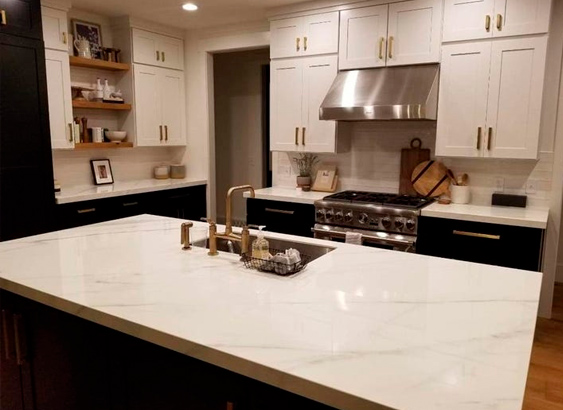
Why consider a porcelain countertop?
Due to its great demand, porcelain kitchen countertops are becoming more sophisticated and have greater hardness and resistance as distinctive features. These articles go through a manufacturing process in which different varieties of natural minerals are used. Also, high pressures, as we said, ensure perfect performance.
Therefore, the result is a highly durable material, which does not contain porosity and has an ultra-compact surface, being one of its main strengths.
Advantages of a porcelain countertop
These countertops offer many basic benefits that people want when buying this item. First, we must highlight, as we have already mentioned, its great resistance and ease of cleaning.
Porcelain kitchen countertops are not damaged or deteriorated by moisture. In addition, they are very durable against heat, which is why you can not worry about high temperatures and their contact with them.
This type of countertop can be cleaned with chemical products, which do not affect its appearance, as it is a material with high resistance to wear. Last but not least, since it is not a porous product, these countertops do not require sealing to guarantee their protection.
Porcelain tiles are visually very attractive, offering an elegant and quality appearance, which will guarantee a very high aesthetic level result. This is possible because when porcelain slabs are made for use in countertops, they are coated with a pigmented glaze that serves to give them an aesthetic appeal similar to other materials. So, if you like the look of marble but want to live more relaxed without having to worry about high maintenance, stain issues, etc., porcelain is your choice.
Recyclable and ecological
Another great advantage of porcelain is that it is an ecological material, something evident if we take into account that it is a material made of natural clay. This means that, if you choose a porcelain countertop, you can change your countertop again if you need to over time, either because it has worn out a bit or because it is no longer in line with fashion or your tastes and needs, and do so. with the security of not harming the environment.
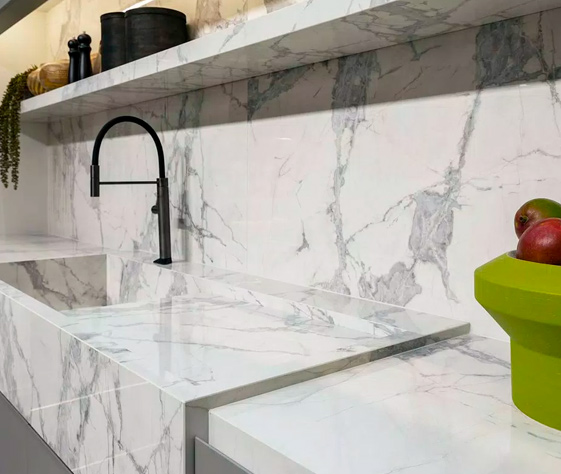
The importance of having adequate equipment to cut dekton and porcelain
Why do products such as Dekton need special/different tools than those that are used for cutting granite and marble?
Material hardness is the key to understanding why you need different tools to fabricate Dekton. The material has a
The cutting process requires trimming the edges to release tensions. Then you have to follow cutting recommendations, which include using plenty of water, the proper speed, feed rate, etc. Once you follow the rules, it’s a piece of cake.


In this sense, Dekton’s edge is very easy to work with since the material is very homogeneous, and it is easy to get very good results. Any fabricator can do it well on the first attempt.
What are some common mistakes that fabricators are making when it comes to cutting this material? And, what are some common mistakes with doing edging or doing sinkholes or something?
The main mistake is trying to fabricate Dekton as if it was a granite or quartz composite. You will fail if you use the same tools, speed rates, and so on. Another common mistake is trying to cut Dekton in uneven support. It is a common source of problems too.
Sometimes people ask about what machine is best to cut Dekton. I believe the key is not the machine but the tools and proper maintenance. I have seen people with very modest equipment doing amazing things and the other way around.
7 Keys for Cutting Ultra-Compact and Sintered Dekton and Porcelain Materials







It may seem too simple or too intuitive to matter, but less than adequate water AND hoses positioned incorrectly is the most common error causing headaches among cutting these materials.
One of the more overlooked aspects of successful cutting is, to the degree that your table is not level in the horizontal plane, vibrations will occur. This unevenness can result in chipping and likely breaking the edge of your slab.
As cliche, as it may sound, choosing the right blade for the material you are processing, is critical.
While each manufacturer of ultra-compact and sintered porcelain materials may, or may not have tensioning strips built into the perimeters of each slab, if they are not removed before cutting, the slab is at higher risk of cracking or breaking.
Using the same feed rate and RPMs you may be accustomed to when cutting other materials can be a recipe for trouble. Unlike fabricating more common materials such as marble and granite, we’ve seen the most success cutting ultra-compact and sintered porcelain materials when following a systemized approach is used.
While plunge cutting tends to be of little concern for most sawyers when cutting ultra-compact and sintered porcelain materials it can pose big problems resulting in cracking or breaking your slab.
Projects requiring a sink cut-out can be an obstacle many fabricators dread. Since we already know plunging is not the ideal way to go about this, what are your options? When preparing a sink cut-out, it is advised to drill each of the four corners with a 1/2” core bit before to start initiating cutting.
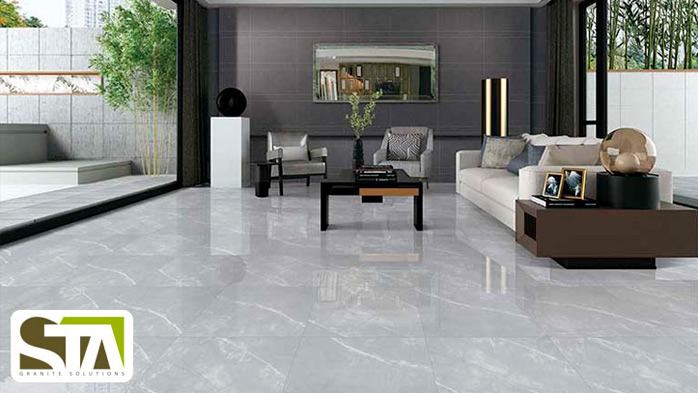
PORCELAIN FOR YOUR HOME, TILES
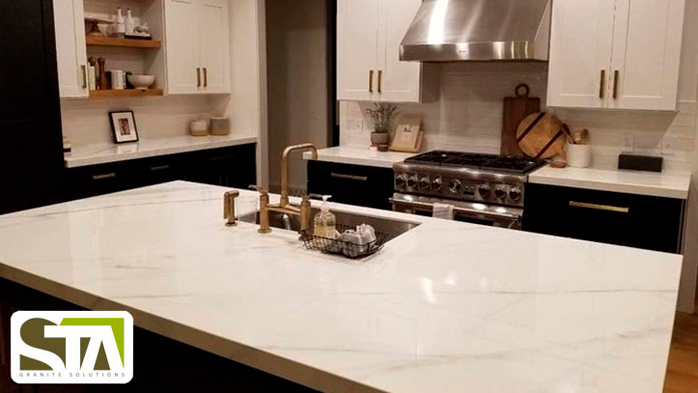
PORCELAIN FOR YOUR HOME, COUNTERTOPS FOR YOUR KITCHEN
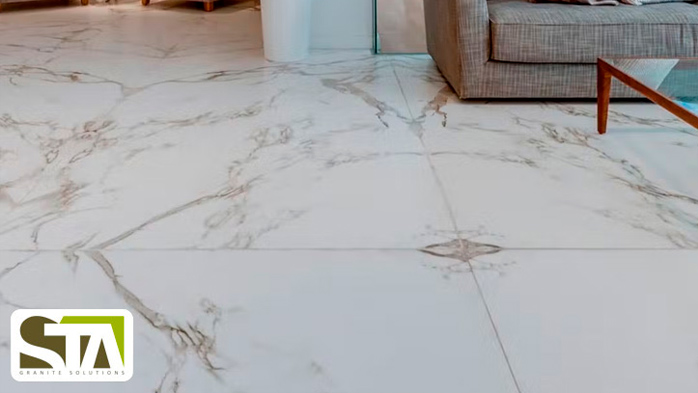
DEKTON FOR YOUR HOME, FLOORS, AND PAVEMENTS
- 1
- 2
- 3
- 4
- 5
- 6
- 7
- 8
- 9
- 10
- 11
- 12
- 13
- 14
- 15
- 16
- 17
- 18
- 19
- 20
- 21
- 22
- 23
- 24
- 25
- 26
- 27
- 28
- 29
- 30
- 31
- 32
- 33
- 34

